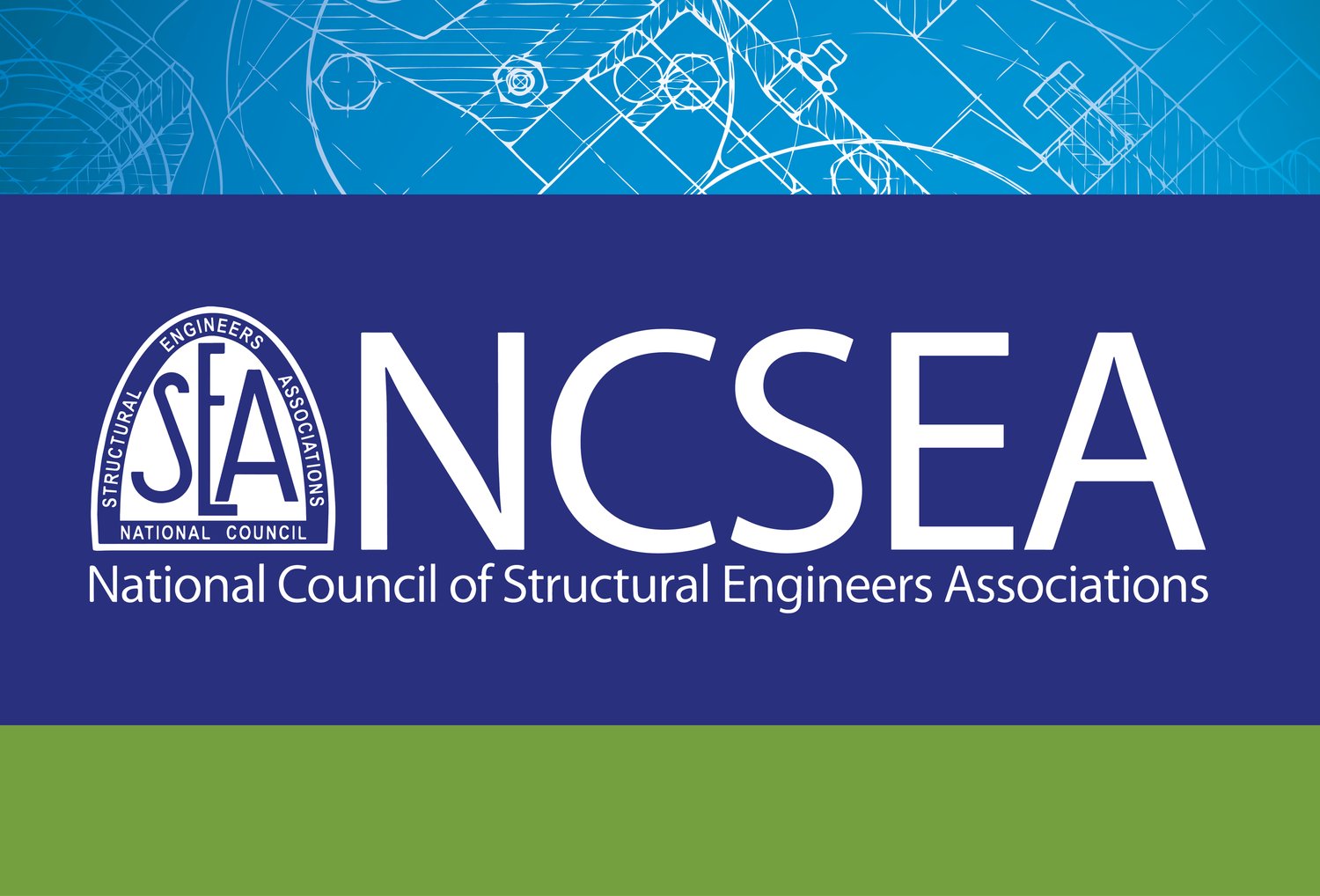
Summit Keynotes
WEDNESDAY, NOVEMBER 6, 2024
AI’s Role in Shaping the Future of Structural Engineering
The AI revolution is here, poised to upend every industry in its wake. But how will this new technology actually change the structural engineering profession? In the face of algorithms and machine learning, intangibles that are uniquely human — skills like creativity, adaptability and leadership — will be the clear drivers for growth.
With a quick overview of AI, this keynote will discuss historical technology shifts that disrupted traditional business models and how companies thrived during those cycles. After synthesizing hundreds of conversations with AEC executives, Reddy will present a roadmap for the skills required by employees in the future to thrive and how executives can lead their structural engineering firms in creating amazing value.
After an inspirational keynote address, a panel of visionary structural engineers will share insights into the transformative role of AI in structural engineering, exploring emerging trends and potential future impacts.
FRIDAY, NOVEMBER 8, 2024
Update on NIST’s National Construction Safety Team Investigation of the Champlain Towers South Partial Collapse
The June 24, 2021, partial collapse of Champlain Towers South (CTS) in Surfside, Florida was one of the most tragic structural failures in US history. On June 30, 2021, NIST announced the formation of a National Construction Safety Team (NCST or Team) to investigate the failure. The unique goals of the CTS NCST investigation are to determine the likely technical cause or causes of the failure and make recommendations for changes in codes and standards of practice to avert future similar disasters and loss of life.
Using advanced technologies and a highly integrated, interdisciplinary approach, the six projects of the CTS NCST investigation involve study of the history of the site, the building, and relevant codes and standards; collection, preservation, and analysis of evidence; social science; remote sensing; data visualization; materials science; geotechnical engineering; and structural engineering.
This presentation will describe the NCST’s systematic approach to analyzing its hypotheses of the causes of the failure through investigation at the collapse site, examination and testing of physical evidence extracted from the collapsed building, collection and analysis of documents, scans and other imagery, interviews and focus groups of eyewitnesses and other stakeholders, reconstruction of the condition of the structure at the time of collapse, laboratory testing of full-scale replicas of components of the building, and advanced computer simulations of the collapse initiation and progression. Preliminary results of analyses to date will be presented.





